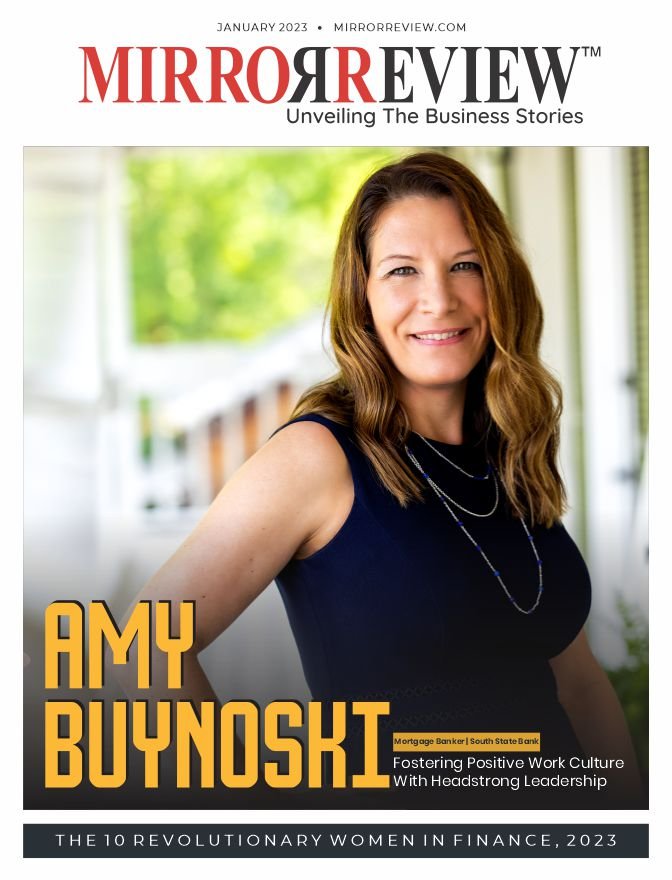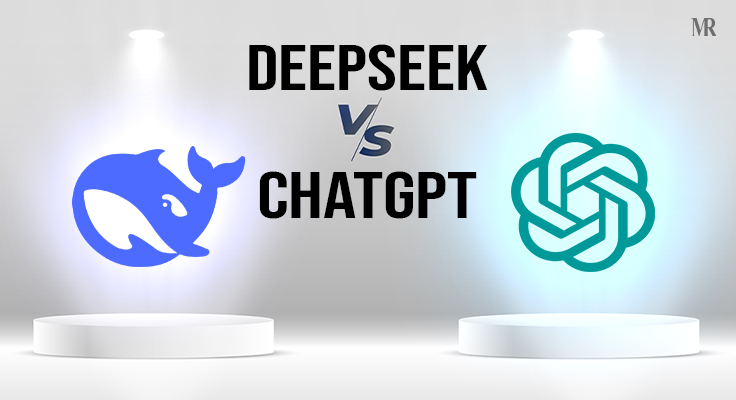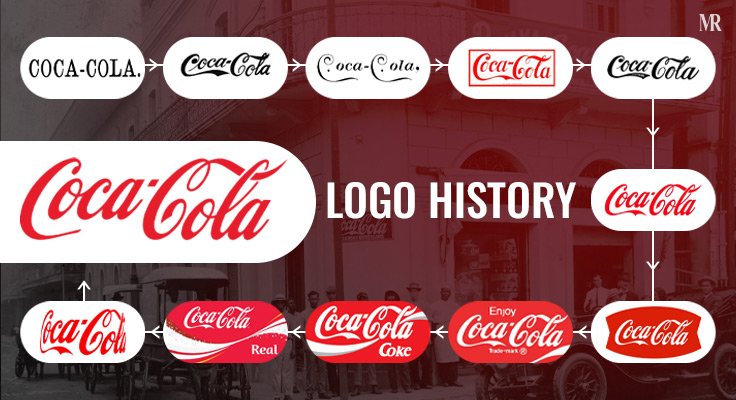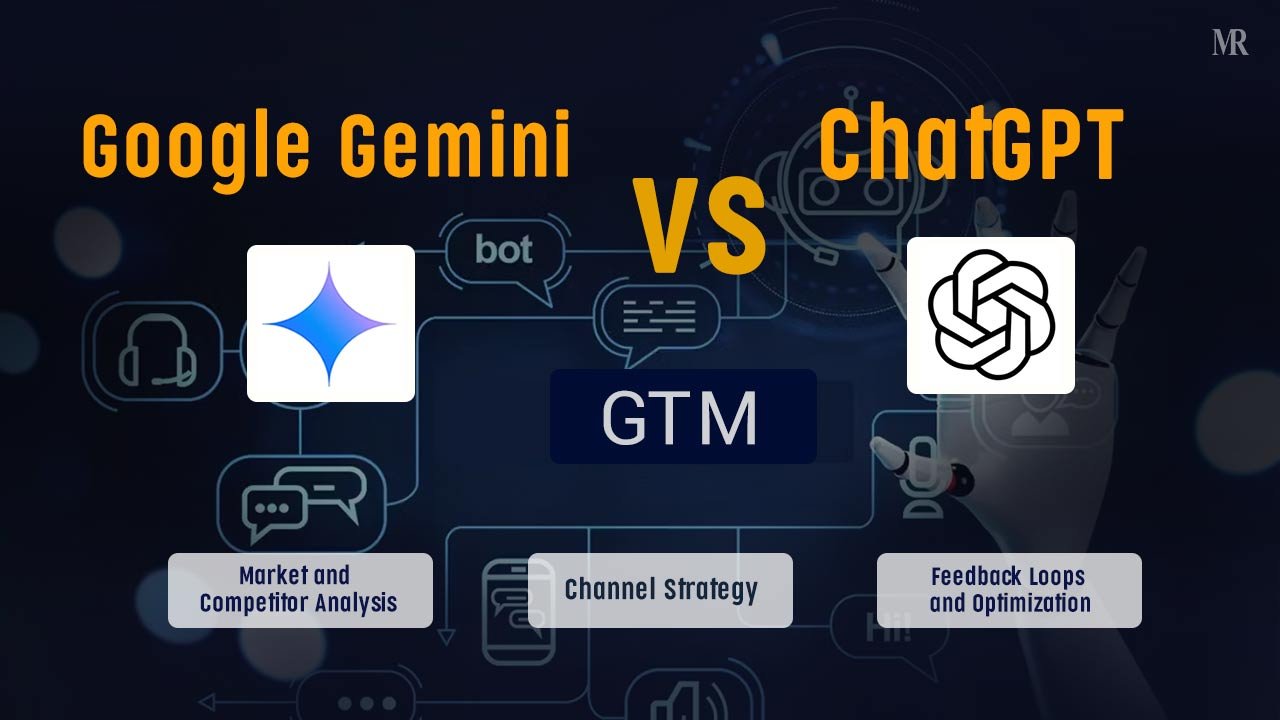Ever wonder how companies like Zoom, Netflix, or Shopify turn software into steady revenue—month after month? The answer lies in something called SaaS business models. SaaS, or Software as a Service, means users access software over the internet—no downloads, no hardware, just a subscription and a login.
But while the software is easy to access, how companies price and grow it is more strategic than it looks. That’s where understanding SaaS business models becomes critical. For founders, investors, and even users, the model shapes how value is delivered, how revenue scales, and how long customers stick around.
In this guide, we’ll break down five core SaaS business models—clearly, simply, and with real-life examples. Whether you’re building, buying, or just curious, these models explain how modern software companies earn, grow, and thrive.
Let’s unpack what makes each one work—and when to use them.
What Makes a SaaS Business Model “Core”?
A core SaaS business model is the simplest and most essential way software companies offer value and earn money. It focuses on delivering software as a service through subscriptions. This means users pay regularly—monthly or yearly—to keep using the product. Just like you pay for Netflix or Spotify, you pay to access the service, not to own it.
What makes it “core” is its focus on recurring revenue and long-term value. The company keeps earning as long as it keeps solving the user’s problem. That’s why customer satisfaction and retention matter more than one-time sales. The value isn’t delivered once; it’s delivered continuously.
These models also help companies grow fast. Since everything is online and users subscribe, adding more users doesn’t require building more factories or hiring hundreds of people. It’s easy to scale.
Take Zoom, for example. You can start for free, but as your needs grow, you pay for more features. This shows how a simple, core structure can support growth and flexibility.
In short, SaaS business models become “core” when they provide steady income, keep customers happy over time, and make it easy to expand. That’s what makes them smart and strong.
The 5 Core SaaS Business Models Explained
A. The Freemium Model
The freemium model is one of the most popular SaaS business models. It offers users a basic version of the product for free. Users can explore the tool, try it, and later decide if they need more. Upgrades unlock extra features, advanced tools, or extended limits.
This model works on a “try before you buy” principle. It allows people to understand the value before making any payment. The main goal is simple—convert free users into loyal, paying customers over time.
Here’s why many startups love it:
- It brings in users quickly without heavy marketing.
- It cuts down the customer acquisition cost (CAC).
- It supports product-led growth, where the product sells itself.
But this model also has its challenges:
- Serving many free users costs money.
- Only a small group converts to paid plans.
- Giving too much for free may reduce brand value.
Companies like Slack, Spotify, Zoom, and Evernote use this model well. For example, Zoom’s free meeting time limit pushes users to upgrade when they need more.
Use the freemium model when your product has a wide audience, low cost per user, and clear upgrade benefits. It’s ideal when your value is easy to show and even easier to grow.
B. The Per-User (Per-Seat) Model
The per-user model is one of the most straightforward SaaS business models. It charges a set fee for each individual using the product. If five people use the software, the company pays for five users. As the team grows, the total cost increases one seat at a time.
This model works because it connects directly to how teams operate. More team members mean more value—and more revenue for the company. It’s easy for customers to understand, and billing stays predictable month after month.
Here’s why many businesses prefer it:
- Pricing is simple and transparent.
- It scales directly with the size of the team.
- Customers know exactly what they’re paying for.
Still, there are a few things to watch out for:
- Costs can rise quickly in large companies.
- Some users may share accounts to avoid fees.
- It doesn’t work well for tools used by just one person or where usage varies.
Examples of this model include Microsoft 365, Google Workspace, Salesforce, and Asana. These tools thrive in team environments, where individual access brings clear value.
Use this model if your product helps teams work better, and each user adds unique value to the platform.
C. The Tiered (Feature-Based) Model
The tiered model is one of the most flexible SaaS business models. It offers different plans or “tiers,” each with a unique mix of features, limits, and prices. Customers simply pick the plan that fits their needs and can move up as they grow.
Think of it like a mobile plan. Basic users may need only calling, while others may want more data and international calls. Similarly, in SaaS, users upgrade to unlock extra features or higher usage.
This model brings many benefits:
- It serves both small teams and large enterprises.
- It encourages users to upgrade over time.
- It allows pricing based on how much value is delivered.
Still, there are a few points to manage carefully:
- Too many choices can confuse users.
- Poor tier design may cause “tier fatigue.”
- Some users might want just one top feature but not the full plan.
Popular SaaS companies like Mailchimp, Shopify, HubSpot, and Zendesk use this model. Their success shows how smart tier design can serve a wide market.
Use this approach when your product offers multiple features and your users have very different needs. It helps you earn more while keeping things fair and flexible.
D. The Usage-Based (Consumption) Model
In this model, customers only pay for what they use. Just like water or electricity, the bill goes up or down based on actual usage. Whether it’s API calls, storage space, or time spent running tasks, the pricing adjusts accordingly.
This is one of the most dynamic SaaS business models because it grows along with the customer’s success. If they use more, they pay more. If they use less, their cost drops. That makes it feel fair and flexible—especially for users who start small.
Here’s why this model works well:
- It scales naturally as customer needs grow.
- Users see clear value in every unit they pay for.
- It attracts users with small budgets or unknown needs.
Still, there are challenges to keep in mind:
- Revenue becomes harder to predict.
- Customers might face bill shock during peak usage.
- You need strong systems to measure and charge accurately.
Examples include Amazon Web Services (AWS), Twilio, and Stripe. These platforms charge based on exact usage, not fixed plans.
Use this model when your product’s value directly depends on how much it’s used. It’s best for platforms, infrastructure tools, and developer services.
E. The Flat Rate Model
The flat rate model keeps things simple—one fixed price for full access to the software. No matter how much you use it or how big your team is, the cost stays the same. It’s like buying a ticket that covers the whole ride, with no extra charges along the way.
This is one of the most straightforward SaaS business models. It gives every customer the same value for the same price. That makes it easy to market, explain, and support. There are no pricing tiers, no usage meters, and no surprise bills.
Why do some companies love this model?
- It’s easy for users to understand and trust.
- Marketing becomes clearer with a single offer.
- Customers never worry about hidden costs.
However, it’s not always perfect:
- Heavy users get more value without paying more.
- Light users may feel it’s overpriced.
- It can’t scale revenue as the customer grows.
You’ll often see this model in niche productivity tools or creative apps built for individuals or small teams. Tools that offer all features in one plan—like some graphic design or journaling apps—use this setup well.
Choose this model if your product delivers consistent value to all users and you’re targeting a very specific, stable user base.
Which SaaS Business Model is Right for You?
There’s no single best choice when it comes to SaaS business models. What works for one company may not work for another. That’s why choosing the right model depends on several important factors—starting with your product.
First, think about what your product actually does. Does it solve a one-time task or something ongoing? Is it used by one person or a team? If the value increases with usage, a usage-based model might be best. But if the product supports collaboration, a per-user or tiered model may work better.
Next, consider your target audience. Are they small businesses, big enterprises, or individual users? Enterprises might prefer per-seat pricing, while solo users may prefer flat-rate plans. Budget sensitivity also matters here.
Now ask: how is value delivered? Is it tied to user actions, usage volume, or special features? Your pricing should reflect this clearly and fairly.
Your business goals also play a big role. Do you want quick user growth, predictable revenue, or higher lifetime value (LTV)? Each goal aligns with different models.
Lastly, never skip testing. Run A/B tests, track user response, and be ready to adapt. The best SaaS business models often evolve with time, feedback, and product maturity.
Key Takeaways
Choosing the right SaaS business model isn’t just a pricing decision—it’s a growth strategy in disguise. What works for one startup may not work for another, even in the same industry. That’s because every product delivers value differently, every audience behaves uniquely, and every business goal points in a different direction.
For early-stage SaaS products, simpler models like freemium or flat-rate pricing often help attract users faster. But these models can struggle to scale revenue unless backed by high engagement or strong upsell strategies. On the other hand, usage-based pricing offers flexibility and fairness—but it requires precise tracking and trust from users. It also suits tools where activity varies widely month to month.
Enterprise-focused tools may benefit from tiered pricing, where different plans reflect different levels of value, support, or features. But the key lies in understanding where users see the most value—and aligning pricing directly with that perceived benefit.
In the end, no model is static. Testing, listening, and evolving are the only constants. When pricing matches value delivery, and growth aligns with user success, that’s when a SaaS business model becomes more than just a structure—it becomes a competitive edge.










